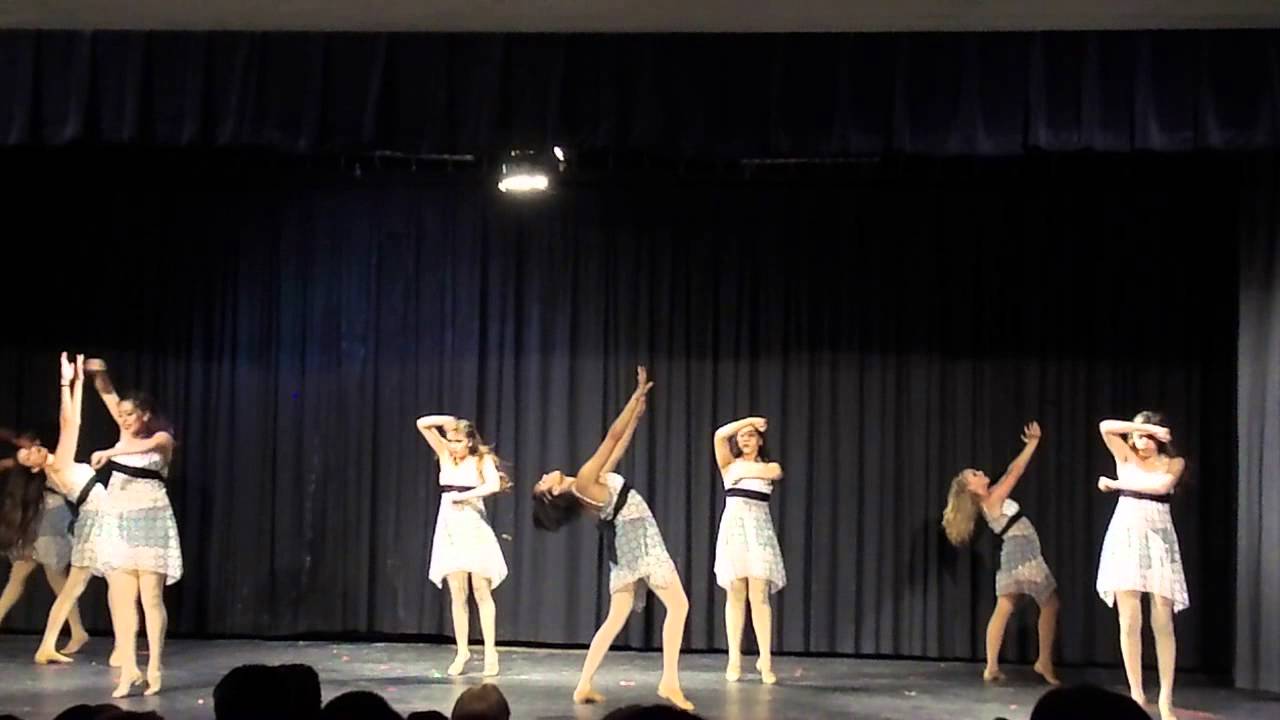
I do most certainly recognize that a psycho-chemical relationship to some activity such as dancing or running is not as dangerous or psychologically damaging, usually, as true forms of addiction eg, gamblingand especially potently chemical ones eg, alcohol. But this is addiction lite, to be very clear. In it, I talked all about my addiction to dance. I am—I have been—compelled to dance in part because it provides a space in which I feel cared for, adored, loved, and connected intimately to another human being. This got me thinking about the wide variety of ways in which people can become or consider themselves addicts. Sure — this whole love thing I have going on is pretty powerful. But there is plenty else going on. Beta-endorphin and dopamine are both secreted in high amounts while exercising, leading to feelings of joy and even ecstasy.
Experiencing a show together helps us bond. David Ragusa, Unsplash. Our brains love narratives. Sofiane Sylve in Prodigal Son. Since movement is essential for survival, our brains are highly stimulated by watching people dance—their motions, body language, facial expressions and gestures pull us in. Via giphy. Different body shapes trigger different emotions.
Body Rock is just around the corner and most of you are in the midst of hell week s. There is grumbling that inevitably occurs, countless hours you spend living in the studio, and promises you make to yourself about being ' done with the struggle of late night practices and early mornings '. And yet, despite the hardship, you feel uplifted post-performance, and are once again rejuvenated and ready to get back into the swing of things. Post-performance adrenaline and endorphins play their part, but there is also a psychological reason why we as dancers are addicted to performing. Flow, as coined by psychologist Mihaly Csikzentmihalyi say that 3 times fast, is effortless focus; it is the byproduct of knowing your craft so well through practice, that concentration with such ease allows you to tune out any distracting or conflicting thoughts.
Jun Although several styles exist, tango is mostly danced in either open or close embrace, with long elegant steps and complex figures often with sensual connotation. The first author of this study Dr. Targhetta admits in the paper that he himself is an experienced tango dancer. Targhetta then formally interviewed the dancer.
